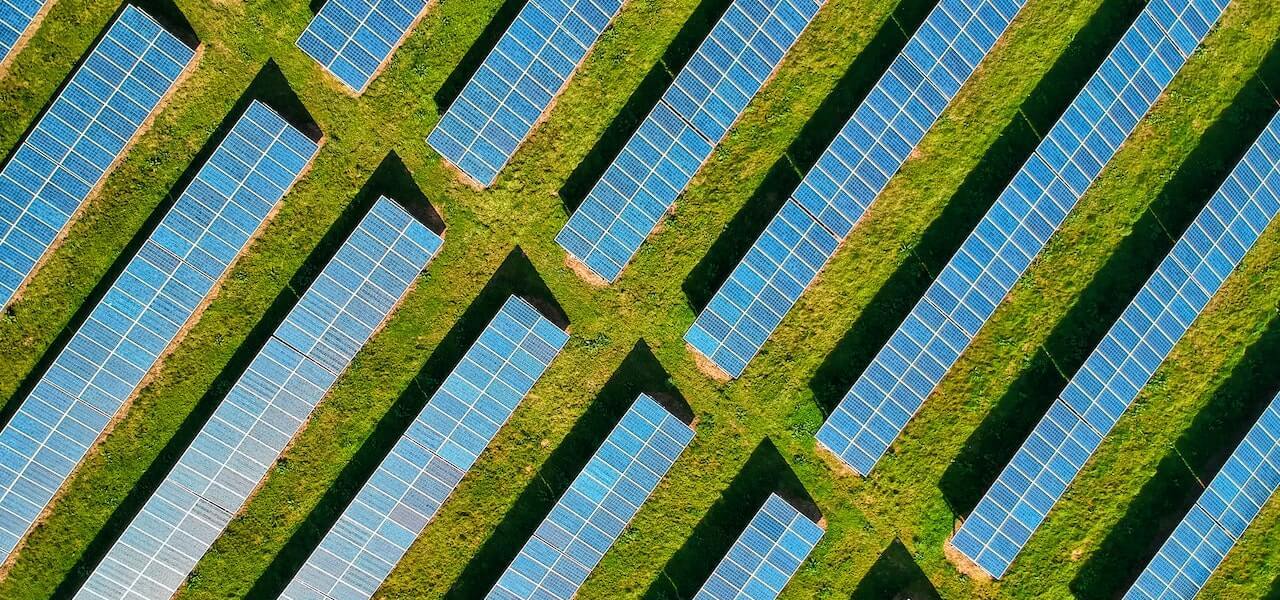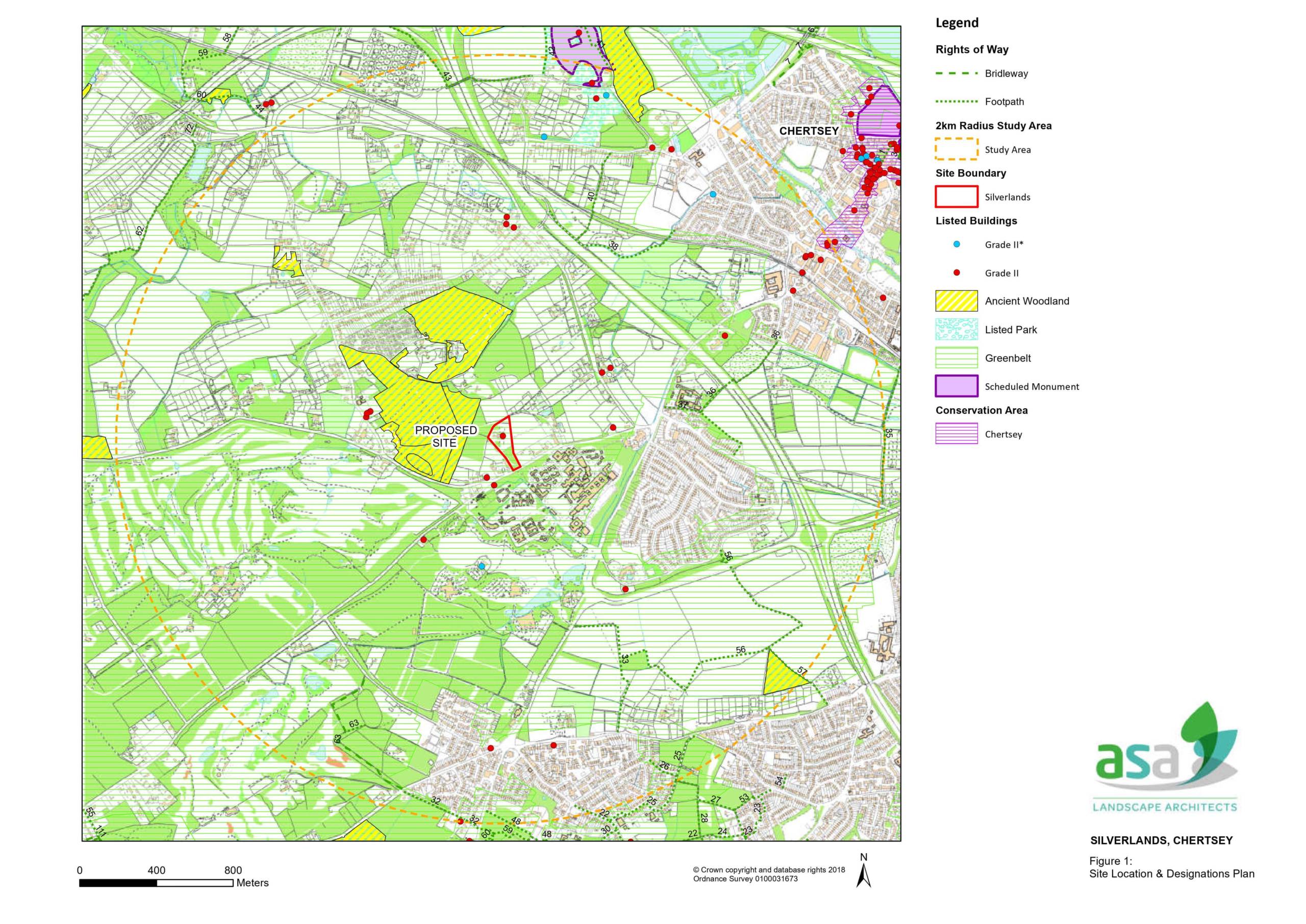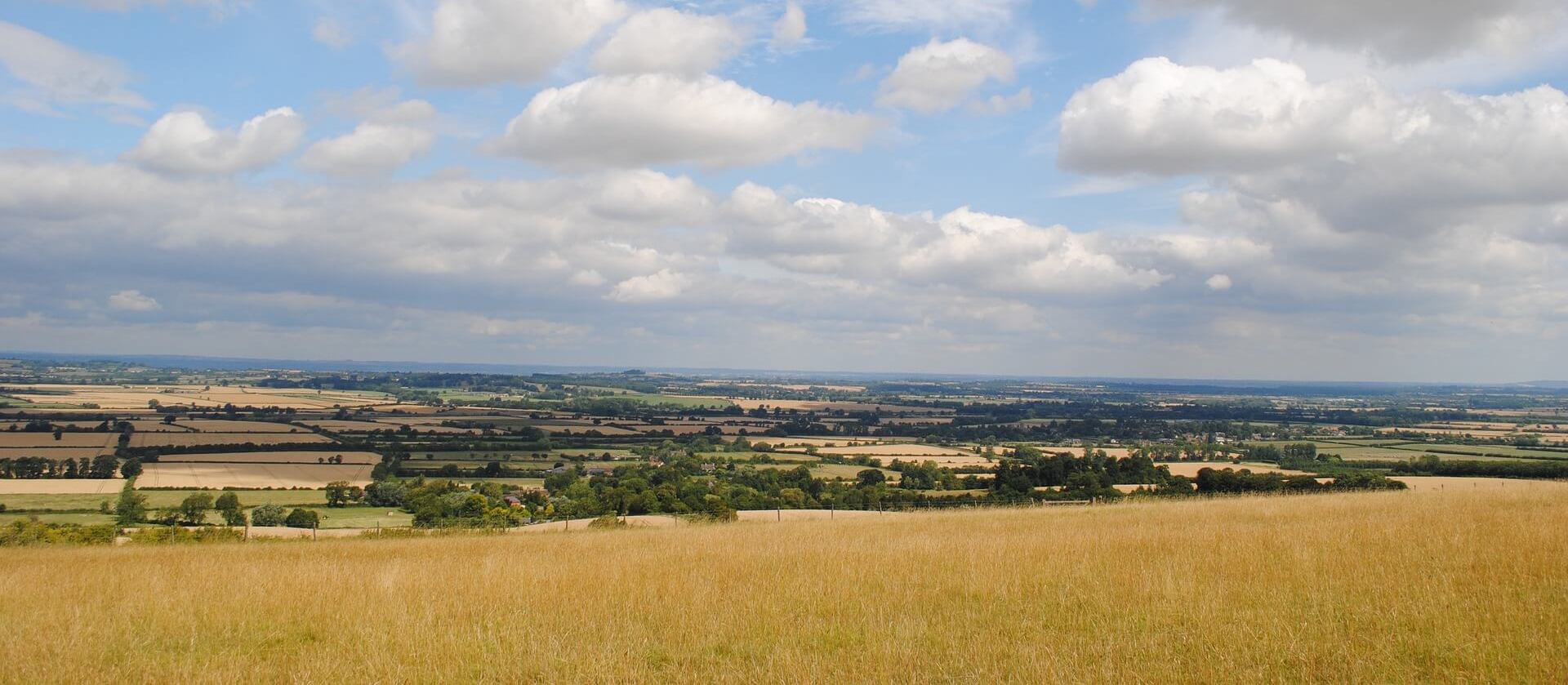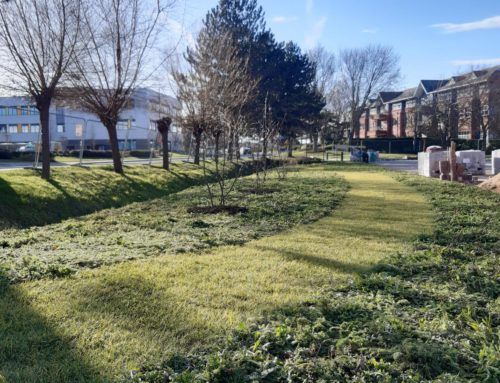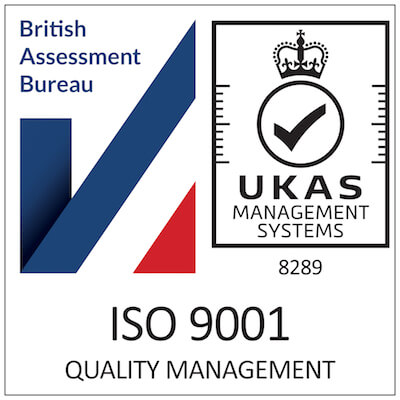LVIA or LVA; do I need one and what are the differences?
By: Anthony Stiff, Director ASA Landscape Architects
The terms Landscape Visual Impact Assessment (LVIA) and Landscape Visual Appraisal (LVA) are often used interchangeably, but are not the same thing, which can cause some confusion!
This article looks to explore the difference between the two, and reflects upon when each type of report might be required.
The terms LVIA or LVA are commonly used by planning professionals and local authorities when discussing planning applications, and both are studies which assess how a proposed development could affect the existing landscape setting and on people’s visual appreciation of the landscape and views they enjoy.
Understanding whether an LVIA or LVA is required will normally be identified by the Local Planning Authority at the pre-application stage. It is usual for a LVIA to be required for any development that is likely to have a significant character or visual effect on an existing landscape or townscape setting.
Planning for landscape change to support infrastructure
For large developments that have gone through the Environmental Impact Assessment (EIA) screening process, an LVIA may also be requested by the relevant planning authority depending on the nature, scale and size of the development (Environmental Impact Assessment Regulations 2017): This will then form part of a larger EIA document containing reports from other professionals such as ecologists, hydrologists, and heritage consultants. However, a LVIA can also be requested for projects that do not require an EIA, and then the LVIA will be a standalone document.
An LVA in comparison, is often a shorter, more informal process, which still takes into account some of the key LVIA stages, without identifying ‘likely significant effects’ which would normally be assessed in an EIA process. It may also be requested to accompany a planning application by a local planning authority.
In either case, an LVIA or LVA must assess the significance of any potential character or visual effects and would normally be carried out by a Chartered Member of the Landscape Institute (CMLI) with relevant experience of carrying out similar studies. Although there is no formal requirement for an LVIA/LVA to be carried out by a CMLI, it is certainly recommended and we have seen examples where the findings have been questioned by the Local Authority, as the assessor was not deemed to have been experienced enough.
Landscape assessments are undertaken using methodology and guidance from the Landscape Institute’s published Guidance for Landscape and Visual Assessment GVLIA3 2013.
What are the differences between a LVIA or LVA?
Both LVIA’s and LVA should be proportionate in scope and level of detail to the development in question. The choice of whether to opt for an LVIA over a less detailed LVA should be agreed with the planning authority at pre-app stage.
For example; if an outline application is submitted, with little detail other than a general layout plan with typical building elevations then a less detailed LVA; effectively assessing the principle of the development, may be more appropriate.
In this case, the assessment process is unable to be fully carried to its conclusion as there is insufficient detail to assess, and so there is no requirement for an LVA to give a judgement on the ‘significance of effects’. The LVA can still assess the baseline landscape and is able to identify the likely key landscape and visual receptors and the likely geographical extent. The report can also comment on the likely or possible key landscape and visual effects and the possible effects of mitigation, but without necessarily reaching a conclusion in terms of significance.
Identifying key landscape and visual receptors
A detailed LVIA by contrast, will be likely to be supporting a full application with detailed proposals describing the project, its layout, extent, and other parameters such as heights, massing, scale and appearance. Other factors could include impacts of lighting and how, if adverse effects are identified, these could be mitigated. The LVIA may also demonstrate how, in assessing the landscape and visual receptors, the development has been evolved to respond to the LVIA findings in order to reduce potential adverse effects. As part of an LVIA, the significance of effects on landscape character and on visual receptors is assessed and reported. It is generally acknowledged that developments that consider potential effects at an early stage are more likely to achieve planning permission and ultimately lead to higher quality schemes that are better integrated into the landscape.
Assessing the effect of development in sensitive locations
What about costs?
In terms of cost, the fees likely to be charged for an LVA would normally be less than those for an LVIA, though not necessarily much less as the same initial processes will be required for both. These would include desk top studies of published information and planning history, a review of current, relevant national regional and local planning policy, a site visit and survey of the site itself and the surrounding countryside and public rights of way. A photographic survey is carried out to record the baseline landscape character, likely key views and site context. There may also be a need to demonstrate the Zone of Visual Influence (ZVI) which can be done with the aid of computer modelling. It can be the case that an LVA can be done in the first instance and later used as the basis for a more detailed LVIA as detailed information becomes available.
If you want to find out more, feel free to contact us for some informal advice about your project.

